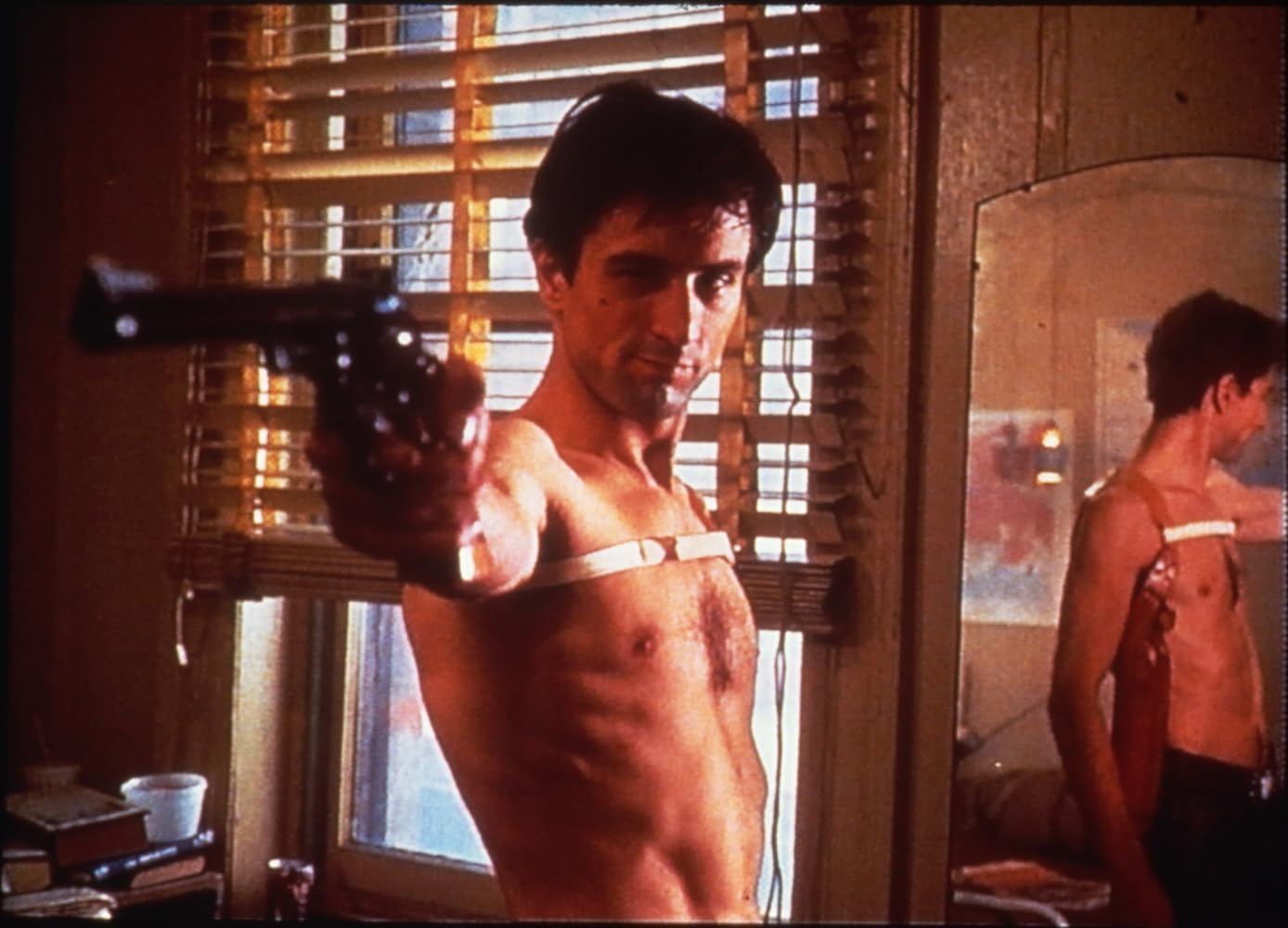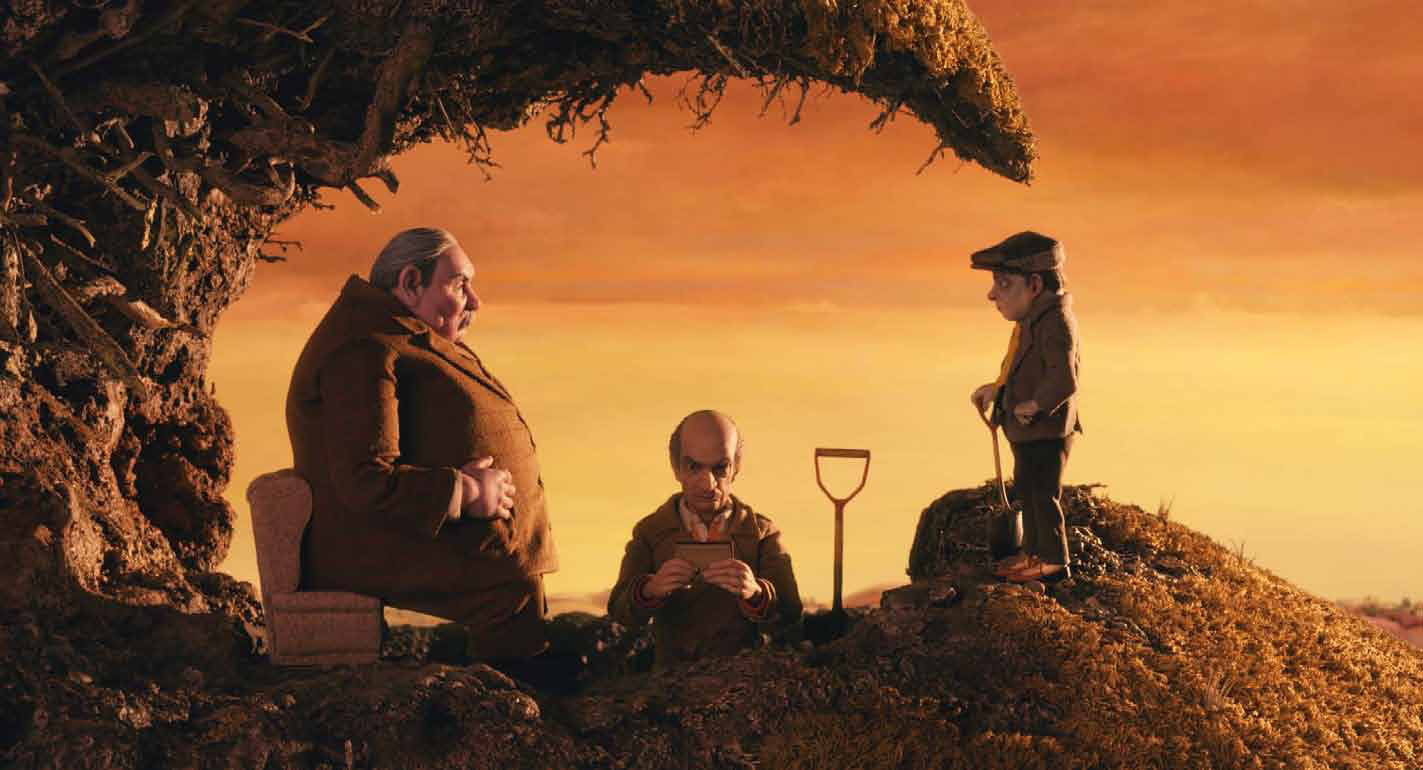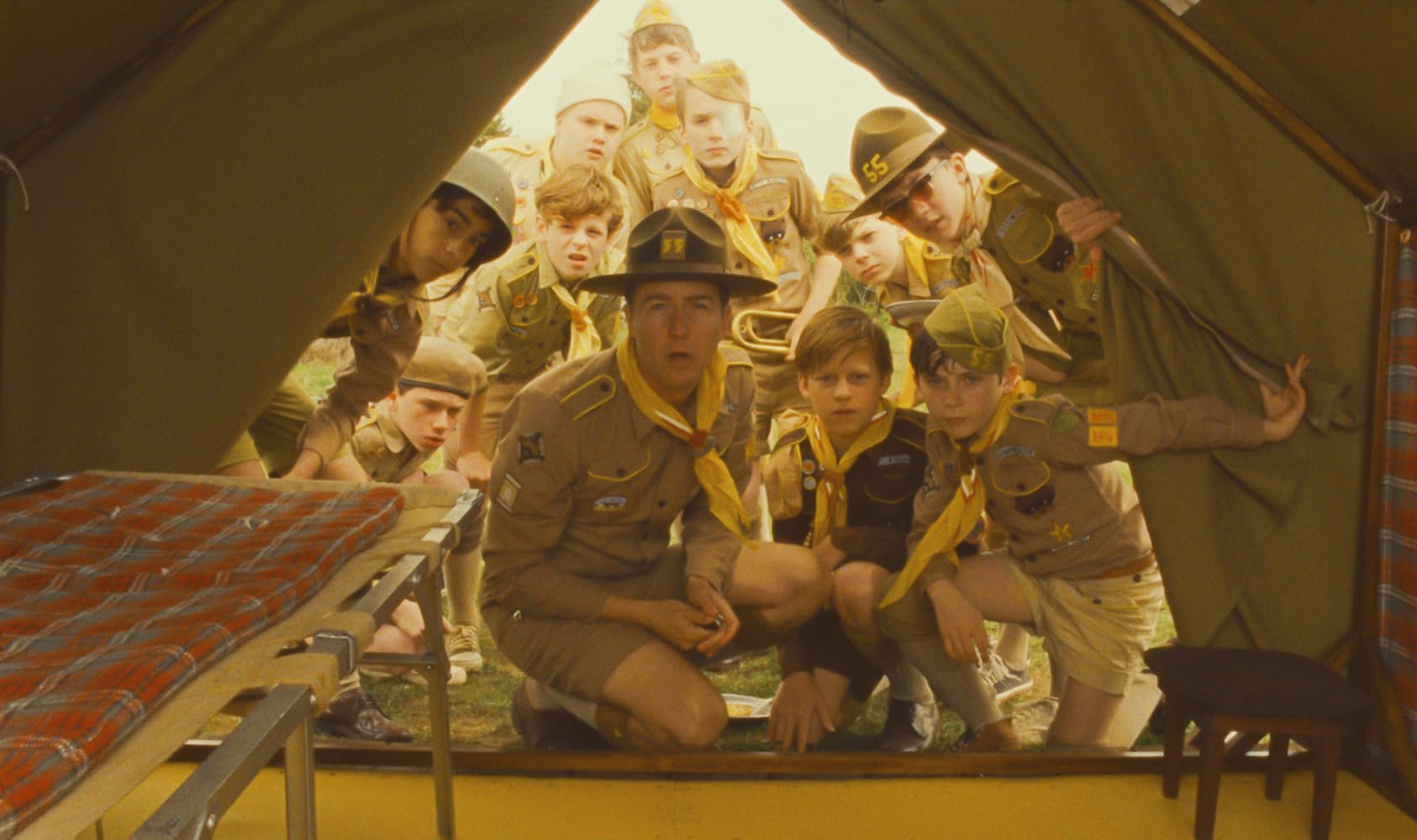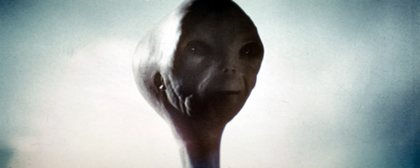Colour theory involves how colours are interpreted by the audience through what they are associated with, and how this affects people's moods. Each colour has a different meaning (pictured above), which can be used in film and TV by directors and cinematographers to signify something to the audience through the production design and lighting. However, some directors have a signature colour as they deal with similar themes across many of their texts which appear to foreshadow events or show things to the audience.
Martin Scorsese and red:
As many of his films can involve intense violence, the main colour Martin Scorsese uses in his films is red, which can increase people's blood pressure and respiration rates. This is achieved through lighting on the set, which can sometimes be seen in the mise-en-scene, as light sources are frequently back lights on cars or red fluorescent lighting in bars.
For example, in this picture from Taxi Driver (1976), a natural light source of the orange lamp can be seen in the mirror. This red hue foreshadows the violence, and therefore bloodshed, that will happen towards the end of the film because of this character and his gun, but could also show the desire and energy this character has to rid the world of what he sees as morally incorrect.
This can also be seen in Goodfellas (1990), where this whole scene is lit in red. As red has a strong association with blood and fire, the colour here could foreshadow danger as it is unclear to the audience from this viewpoint what the characters are doing, but also power and strength as if no one knows what they are doing they will not get caught.
This can also be achieved using the character's clothing as in this scene, Henry Hill is seen wearing vibrant red, which shows the audience that as a member of the mob he is dangerous and could cause violence. However, red also symbolises passion or love, so it could also signify that he might be in love with the woman in this shot.
James Cameron and blue:
In many of his films James Cameron uses the colour blue. An example of this is in the scene from Avatar (2009) above. Blue has a calming effect on the audience as it symbolises heaven and stability since it is the colour of the sky, which fits with the planet of Pandora as it is the planet where humans want to mine the resources hidden beneath the forests there.
The Na'vi who live on Pandora are also blue, and are much more spiritual than humans as shown by their Tree of Souls. In this case, blue symbolises their intelligence, as well as their faith and trust in the deity they believe in.
Blue is also used in Titanic (1997), but for a more negative effect. Not only does it make the picture look cold, but it also represents the truth of the tragedy as it highlights it more harshly since it is brighter. This shows to the audience that the truth is not everyone survived, but it is calming as symbolises the end of the destruction and distress that occurred throughout the sinking of the boat.
In Terminator 2: Judgement Day (1991), blue is used during a fight scene. However, this is because the Terminator is trying to rescue the main characters from the T-1000 so it symbolises that they can trust him this time and that he is confident and has faith that he will succeed.
Wes Anderson and yellow:
As shown in this example from Fantastic Mr. Fox (2009), Wes Anderson uses the colour yellow in his films, although mainly negatively. In this scene, the farmers plan to dig out the animals in order to get rid of them. Therefore, yellow represents cowardice and deceit as the farmers do not face the animals but instead attempt to get rid of them indirectly without them knowing about it.
Here, in Moonrise Kingdom (2012), yellow is used positively to show the freshness of a new day. However, in this moment when it is discovered that one of the scouts is missing it also represents deceit.
In this scene from The Royal Tenenbaums (2001), two characters have a confrontation so yellow is again used negatively instead of positively. It is used to highlight the other character's cowardice, but also to show his enlightenment at the realisation that this character might be the man his wife is actually in love with.
David Fincher and black:
To create mystery and the unknown, David Fincher often hides things in black. For example, in this scene from Gone Girl (2014), it is so dark the audience can not see much, only the beam of a torch showing where the characters are. This creates fear and can denote that the space the characters are in has strength and authority over them because it conceals things they cannot see.
In the basement scene from Zodiac (2007), black is used not only to create mystery, but to wrap the character in his own fears. It is also used with the other character in the scene to signify his evilness and power as during the scene he disappears entirely into the shadows, making it seem as if he knows something the other character does not. The black could be seen to represent death as this other character could even be the killer the protagonist is looking for.
Black in this scene from Se7en (1995) is designed to put the audience on edge. As it can be seen to be a formal colour which holds authority, this clue from a murderer makes it seem as if they are ahead of the detectives, which is why they are leaving them notes. Black in this sense symbolises an ending, and so much black can make an audience look at things negatively, foreshadowing that the murderer could be difficult, if not impossible, for the detectives to find.
Steven Spielberg and white:
As seen in this shot from A.I. Artificial Intelligence (2001), Steven Spielberg often uses white light to illuminate his characters. Here, it represents this character's innocence, as although he is a robot he is still a child, so this could make the audience feel sympathy towards him.
Illuminating the aliens in Close Encounters of the Third Kind (1977) in white signifies to the audience that they come in peace and are good. It also represents the optimism of a new beginning as could signify the start of contact between these or other aliens and humans.
However, in this scene from E.T. the Extra-Terrestrial (1982), white has the negative representation of the medical team. This signifies their perfection and cleanliness, which is in contrast to E.T.'s brown colour, showing the audience the doctors may see him as alien so might feel threatened as he is something unknown.




















another lovely piece of research!
ReplyDelete